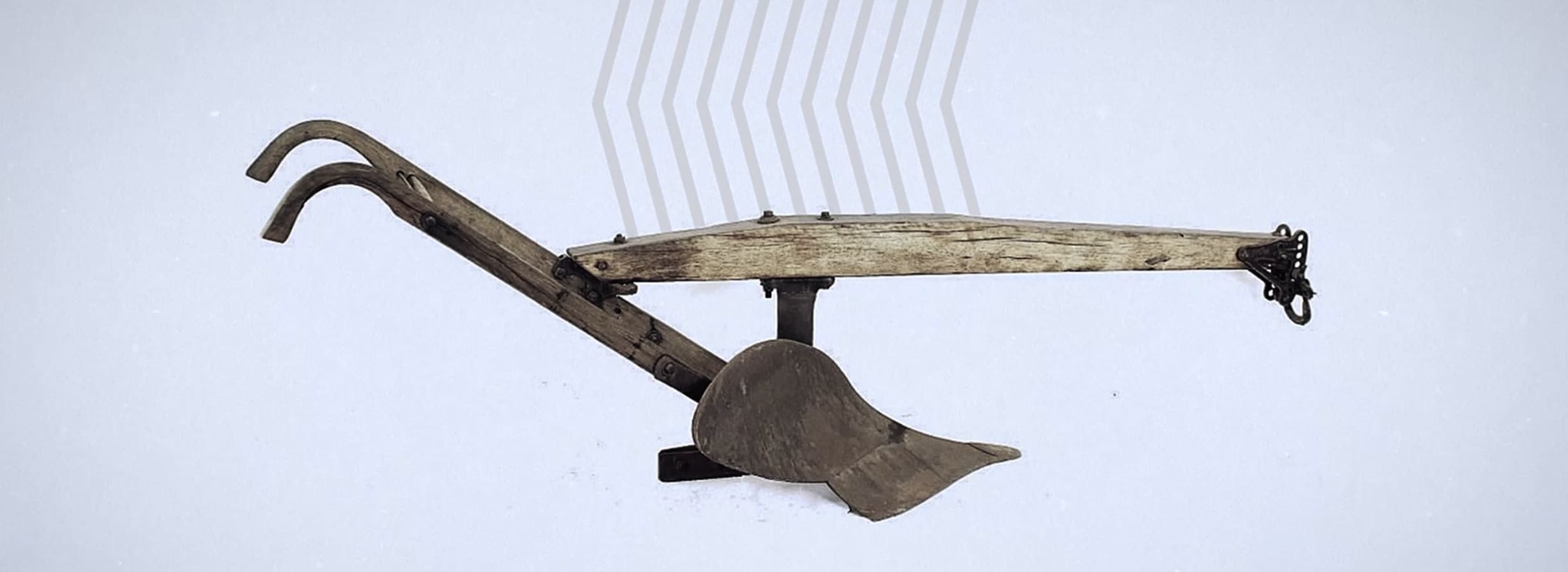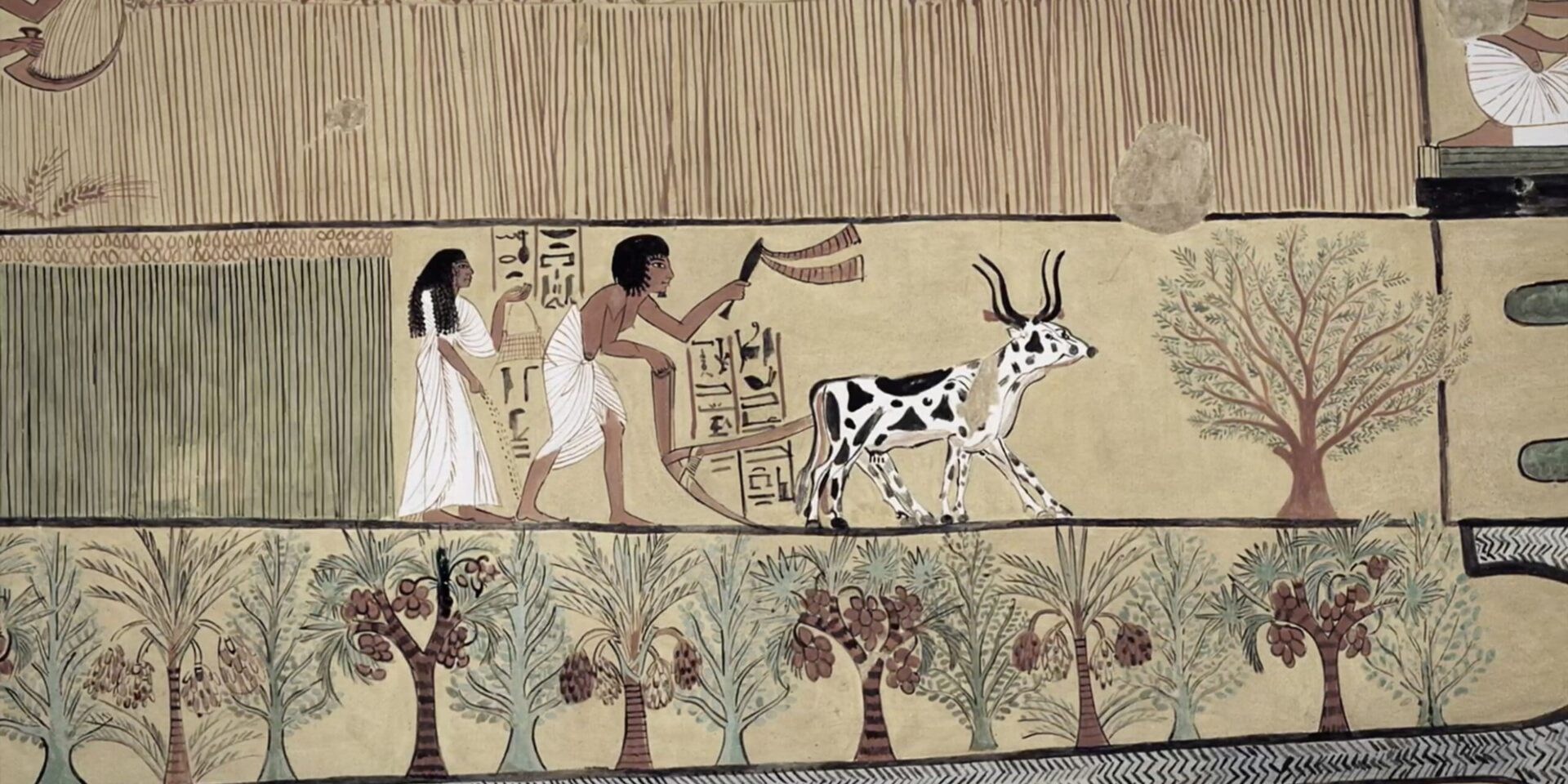Due to its integral value in ancient society, quite a bit is known about the ancient methods of farming. In Biblical Israel, the act of sowing fields with seed occupied four months of the year and it began immediately following the first rain of the season. The timing of this rain was considered essential to the livelihood of the people, which is reflected in the fact that God includes a reliable first rain in His list of how He will bless an obedient Israel but an unreliable rain in the case of their disobedience (Deut. 11:13-17).
The first rain served to soften the ground so that it could be plowed for sowing. If the rain was early, farmers risked their seeds drying out and dying before more regular rain would fall. If the first rain was too late into the season the crops risked not having enough time to take root before the full heat of the summer, which could mean scorching and crop loss. In Israel, plowing seems to have been done exclusively for the purpose of sowing seed. The fields would be plowed, seed would be scattered over the field, and then the field would be plowed again, in the opposite direction, to cover the seed. An alternate method to re-plowing the field was to allow cattle or herd animals to walk on the field.

Ancient plows were not much different from modern wooden plows. Their tips for digging into earth were made of metal, generally bronze or iron, while the rest of the plow was wooden, there was a handle or two for the farmer to raise or lower the point into the ground, and the plow was attached to either a single animal or a team of animals via a wooden yoke on the animals’ shoulders. Oxen were the most common animals used for plowing but donkeys and young cows are also known to have been used. To help direct the animals a goad would be used. A goad was a wooden stick with a sharp metal point to direct the animals with on one end, and the other end could have a small metal shovel on it to loosen mud that would get stuck on the plow tip. In hilly or mountainous areas where plows could not be used framers would have to plow by hand using hoes.
Experiencing the hard labour of double plowing, some ancient farmers developed an innovative plow that reduced their time investment in the field: It was called the seed drill. The seed drill was made from wood and leather and was attached to the plow. It was essentially a funnel with an attached pipe leading down to just behind the plow tip. Seeds would be dropped into the funnel, would travel down the pipe to the ground behind the plow tip where they would be covered by the falling soil created by the plow. This meant that the farmer needed to plow only once, and their seed would all be covered immediately and be safe from hungry birds.
While it’s possible that one farmer with well-trained plow animals could operate a seed drill by themselves, from existing artistic representations it seems that this was often done with two or three people: One person to steer the animals, one to direct the plow, and one to feed the seeds into the funnel.

Corie Bobechko is a daily co-host, speaker, and writer of Bible Discovery. She also hosts a YouTube channel that shows how history and archaeology prove the Bible. Her heart for seekers and skeptics has led her to seek truth and share it with others. Corie also has a Bachelor of Theology from Canada Christian College.






